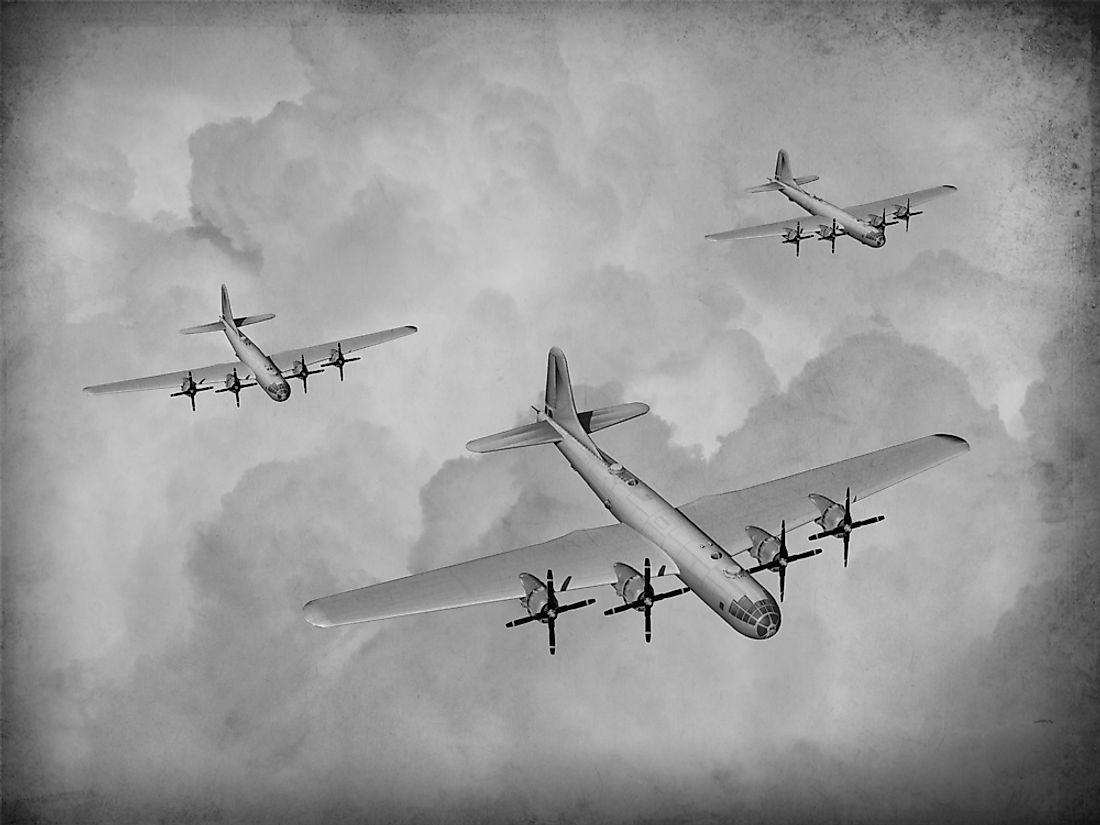What Was Operation Matterhorn?

The Real Colors Of Operation Matterhorn
Most people have watched bombings only in movies. During World War II, Japanese armed forces camped in China and India. Out of diverse interests, the United States wanted the Japanese troops out of China. The US plotted a bombing strategy to ambush and weaken the Japanese seals. The strategy involved utilization of the B-29 Super Fortress. This operation was called Matterhorn
The Original Purpose Of B-29
The B-29 (not essentially planned with bombing plans) was created for hemispherical defenses. It was a US defense strategy whose primary objective was to help the United States to keep other bombers from penetrating their territories, and it enabled the United States’ forces to hit its enemies from long ranges. After discovering the massive power in this strategy, the B-29 was subject to manipulation and it was used to bomb German forces based in both North Africa and the United Kingdom.
How Plan Matterhorn Was Put In Place
Operation Matterhorn first discussed in 1943 at a conference in Casablanca. Some valid reasons for the dire need to bomb the Japanese forces out of China were raised. The plot included construction of more combat operations. The supply and maintenance support to large missile forces would still be enhanced to ensure both command and control over B-29 once it got deployment overseas.The Matterhorn plan was approved by General Arnold, who later submitted it to the chiefs of the United States for presidential consent.
The Mission Setbacks
B-29 mission enhancement was not a bed of roses. The planes sent on a mission would crash, and this led to cancellation of some of the plans. The reason behind all these failures was due to inadequate training to the aircrews and wrong command structures from the leaders. As time passed, they learned how to improve handling of the B-29.
The mission, while in play, had problems as well. The most prevalent one was fuel shortages, which led to the number of tasks being reduced. This was the last expectation in the planning stages. By November 1944, most of the crews were quite experienced though this solved half of the problems. The strategies laid earlier had ultimately neither achieved their objectives nor dealt with logical problems, the complications that faced the bombers due to mechanical failures. The fact that reaching the cities of China was hectic was also a major obstacle to the mission.
Change In Command Of Matterhorn
The initial plans were that two combat wings be deployed in China but this changed as from March 2, 1944. There was going to be some limitations to the B-29 operations, and this resulted to the assigning of 58th CBW. As insurance for more mission failure, the Commander-in-Chief would report directly to the JSC in Washington and unlike other military operations, it was not under the command of SEAC operations. General Henry Arnold left as the Commander of the Air Force after he named himself the twentieth Commander.
Operation Matterhorn was a potential risk to one of the most dreaded international conflicts. Nevertheless, the fact that the attacks were to be made on a neutral ground partially saved the conflict from escalating.







